Can a Baby Sleep in a Pack N Play?
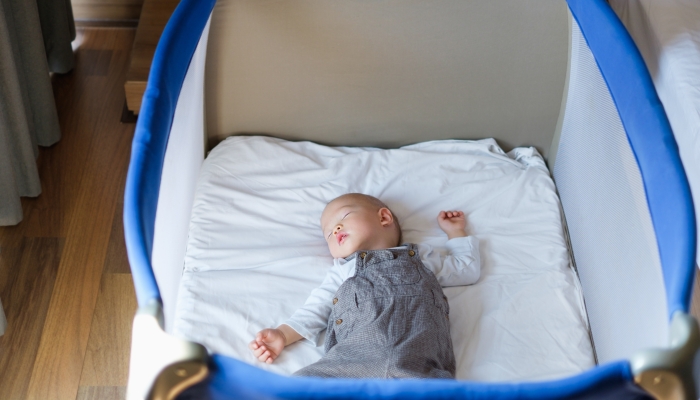
- Pack ‘n plays offer a lightweight, portable play area, also suitable for infant sleep.
- Your baby can safely use a pack ‘n play for naps and nighttime sleep as long as you follow safe sleep guidelines.
- Check product details for maximum height and weight limits and stop using a pack ‘n play if your child is uncomfortable or starts to climb.
Pack ‘n plays have come a long way since the traditional wooden playpen, not to mention the super scary baby cages of the 1920s and ‘30s. This dubious phase in the history of baby care saw little ones suspended from windows as high as the fifth floor, just so they could get some fresh air.
Instead of a simple playpen, many parents now prefer the multifunctional convenience of a pack ‘n play. Offering a safe space for sleep and play, they’re perfect for traveling, to keep at Grandma’s house, or as a cheaper and smaller alternative to a full-size crib.
Not strictly a travel crib, as these tend to fold down smaller and have less room for play, a pack ‘n play is a particular brand of play yard, trademarked by Graco. These modern playards come with an increasing array of accessories, from a diaper changing station, lights, sounds, and storage, to baby seats and bassinet features.
So, the simple answer to the question “can a baby sleep in a pack ‘n play” is yes—but when it comes to these extra features the answer can get complicated. So let’s dig a little deeper and find out more about this versatile piece of baby gear.
Can a Baby Sleep in a Pack N Play?
Pack ‘n plays, also known as playards and play yards, have high walls usually made of mesh material on a plastic and metal frame. They fold up neatly, a bit like an umbrella, in a handy carrying bag, ideal for storage or travel.
Your baby can sleep in a pack ‘n play. If you’re short on space, they take up less room than most wooden cribs. You can even use your pack ‘n play to keep your baby safe during outside play.
Pack ‘n plays are covered under new safety standards issued by the Consumer Product Safety Commission (CPSC). Effective from 2022, these require all products sold as suitable for infant sleep to be safe for babies under 5 months old. This means they must have a flat surface for safe sleeping, with only a minimal slant up to 10 degrees from horizontal.
Alongside these safety standards, other safety measures include:
- Stability tests
- Safer folding mechanisms
- Stronger corner brackets
- Stronger floor strength
- Sturdier mattress attachments
- Minimum side heights
Some models of pack ‘n plays and other playards have been recalled in recent years, often because of attachments sold as safe for newborn sleep. Be wary of products with names like nappers, rockers, and seats. These aren’t safe spaces for your baby to sleep in and should only be used with supervision for short periods.
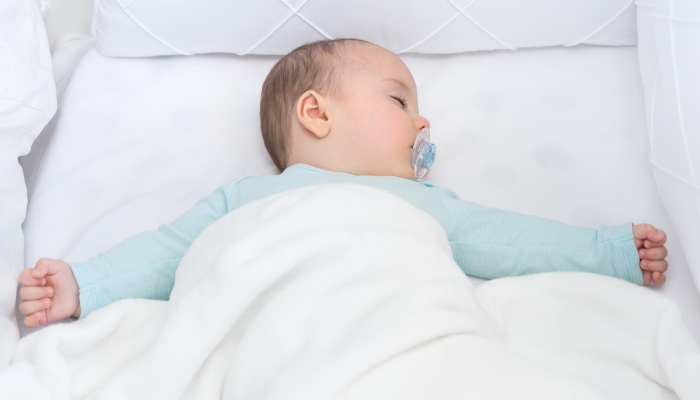
How to Put Your Baby to Sleep in a Pack N Play
Pack ‘n plays have thin mattresses, ideal for infant sleep. They might not look that comfy to you but for your baby they’re perfect.
Newborns and older babies can sleep at the bottom of a play yard on the mattress provided. You can safely add a tight fitting mattress cover recommended by the manufacturer and a fitted sheet. Save loose bedding and additional mattresses for babies over a year old, before then they pose too many risks to your baby’s safety.
Dress your baby for sleep according to the temperature of the room. Use sleepsuits, onesies, and sleep sacks to keep your baby warm. Don’t put your baby to bed in a hat or with too many layers. If your baby is cold, they’re likely to let you know—whereas a hot baby may become lethargic, and overheating is a major risk factor for sudden infant death syndrome (SIDS).
Your baby may find it harder to fall asleep in a pack ‘n play if you’re away from home, especially if you only use the playard when traveling. Give your baby time to play and sleep in the play yard before you go away so they get used to it.
Stay close by when your baby sleeps so they’re comforted by your presence. Respond to their calls and crying as soon as possible, so your baby knows they can count on you to come when they need you.
Try to recreate familiar routines and mimic the conditions of your home environment as much as you can. These might include:
- Soft lighting
- Bedtime stories
- Lullabies
- A bedtime bath
- Cuddles
- Baby massage
Is It Safe for Babies to Sleep in a Pack N Play Every Night?
Yes, your baby can safely sleep in a pack ‘n play all night long and for naps, as long as the playard can safely accommodate them.
Read the instructions carefully before using your pack ‘n play with your baby. You’ll want to familiarize yourself with the folding mechanism—it may seem pretty confusing at first, but you’ll soon get the hang of it. Make sure all clips and straps are securely fastened, the pack ‘n play is fully expanded and the sides are locked in place.
Mattress covers and sheets should fit snugly on the mattress, without interfering with the velcro or straps that keep the mattress securely attached to the frame.
To keep your baby as safe as possible and reduce the risks of SIDS, follow safe sleep guidelines:
- Lay your baby to sleep on their back.
- Use the original mattress provided with your pack ‘n play.
- Keep your baby’s sleeping area clear of extra bedding and stuffed animals. (No blankets, pillows, quilts, or bumper pads.)
- Room sharing is recommended for at least the first six months to a year.
The American Academy of Pediatrics recommends exclusive breastfeeding for the first six months and feeding your baby breast milk alongside other foods for up to two years and beyond. Research by John M.D. Thompson of the University of Auckland in 2017 found that breastfeeding reduces the risk of SIDS by as much as 50%.
How Long Should a Baby Sleep in a Pack N Play?
The life of your pack ‘n play will depend on how often you use it and what for. A mini pack ‘n play is smaller than a regular version and you can expect your baby to outgrow this one faster, although it may still be a suitable play area for a while longer.
Most playards come with a height and weight limit, usually 35 inches or 30 pounds. Although some have mattresses at ground level and so can accommodate heavier babies.
Once your baby starts to climb or is tall enough to reach over or lean heavily against the sides, your playard is no longer safe. At this point, your baby may be better suited to a portable toddler bed. Use your judgment and err on the side of caution.
If you have a newborn baby, you may decide to choose a pack ‘n play with a full-size bassinet level or a bassinet attachment. Check the product details to make sure it’s specifically designed for newborns and meets CPSC safety standards. Look for a flat sleeping surface, firm mattress, no straps, and mesh sides for good ventilation.
Bassinets usually have a weight limit of 15 pounds, although some may be as high as 20. Once your baby shows any signs of rolling, sitting, or pulling themselves up on all fours, bassinet attachments are no longer suitable, even if your baby is within the recommended weight.
Don’t rely on information from the seller alone as some advertising can be misleading. Check the manual and manufacturer’s guidance to be sure your product is suitable for your baby to sleep in.
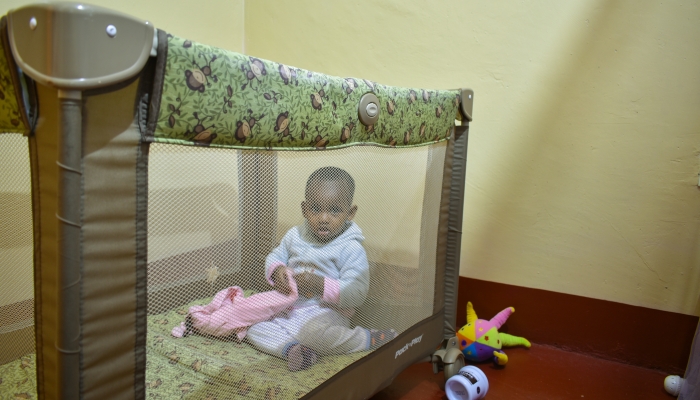
Safety Guidelines to Observe
Many babies sleep in a pack ‘n play, and this is what they’re designed for. Still, it’s important to keep some safety guidelines in mind:
- Make sure your playard is properly assembled according to the manufacturer’s instructions.
- Always place your pack ‘n play on stable ground to avoid rolling, sliding, or folding.
- Only use your pack ‘n play with the mattress provided and the sides fully up.
- Remove all play attachments and accessories from your playard before placing your baby to sleep inside.
- Don’t place any loose materials over the pack ‘n play or within grabbing distance to avoid entrapment.
- Watch your back when using a pack ‘n play, especially when recovering from birth and once your baby has outgrown the attached bassinet. The base is low to the ground and it can be tricky to place your baby down safely.
- Never leave your child alone in the pack ‘n play outside, or unsupervised with pets who could climb in.
Stop using your pack ‘n play if you notice:
- Any damage or wear and tear
- Sagging or warping of the mattress
- Loosening of the folding mechanism
- Loose stitching or stretching of the mesh
- Holes or tears in the mesh
If you opt for a used pack ‘n play make sure it’s from a trusted source and is in good working order. Check for safety notices or recalls here.
If you’re not sure your pack ‘n play is safe, don’t risk it. Some charities and baby banks can help families in need find safe baby equipment. In the US, you can call 211 to find organizations in your area.
FAQs
How can you keep a pack ‘n play clean?
First, check the manufacturer’s guidance and product details for instructions on safe cleaning.
Only your baby’s sheets, carrying bags, and mattress covers will be suitable for machine washing. The rest will need to be wiped down with a damp cloth dipped in a solution of household soap or gentle detergent. Rinse thoroughly and air dry. If possible, dry your pack ‘n play in the sun as this can help keep it free of mold, germs, and bacteria.
How often should you clean a pack ‘n play?
This depends on the frequency and type of use. Regularly checking your pack ‘n play for signs of dirt and spot cleaning can reduce the need for deep cleaning. If you use your playard outside, inspect it thoroughly before returning indoors. Make sure no sand gets inside the folding mechanism as this can compromise the structural integrity of your playard.
When should you stop using a pack ‘n play?
Follow specific guidance for the make and model of your pack ‘n play. Most have a height and weight limit. Stop sooner if your child shows any sign of climbing or your playard is damaged.
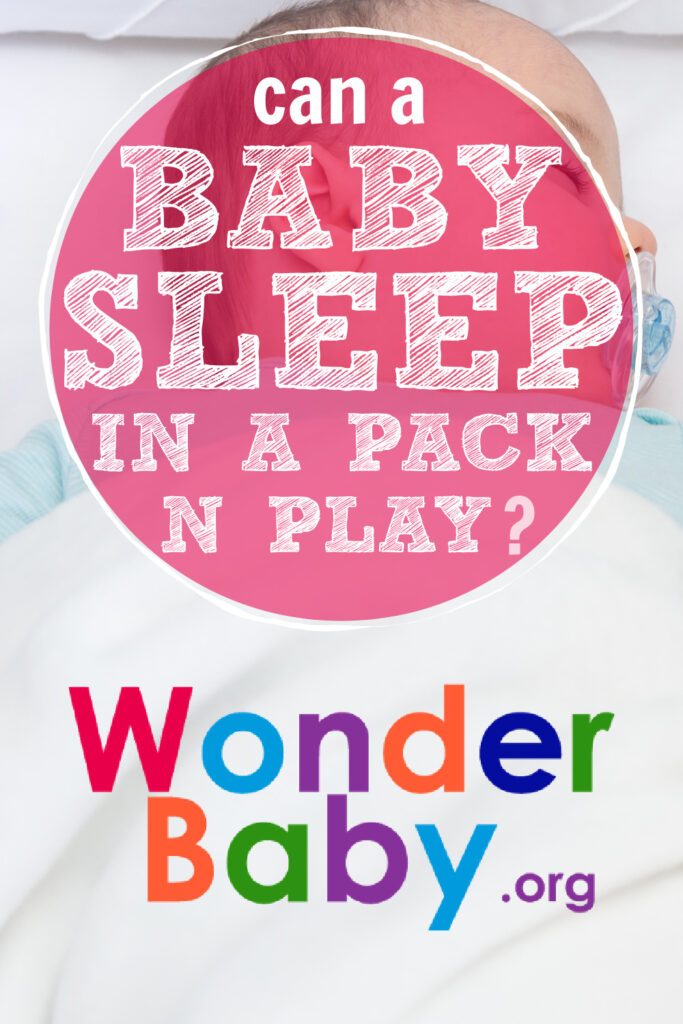
Related Posts
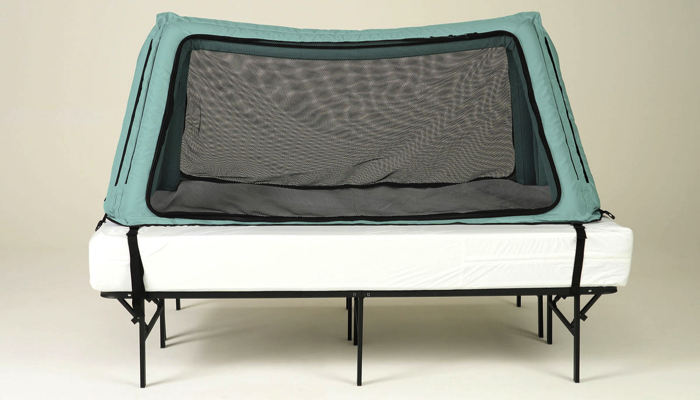
Sleep, Special Needs
Safe Place Bedding Travel Bed Review
Traveling with a special needs child can be stressful! Having a safe, durable, and easy to use travel bed can make traveling so much easier!
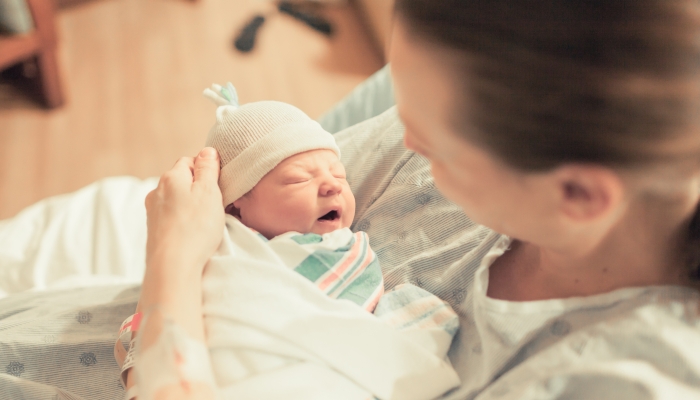
Sleep, Special Needs
Sleep Regimen for Premature Babies: Special Considerations
It can take premature babies much longer than their full-term peers to sleep for long stretches. A preemie sleep schedule may encourage better sleep.
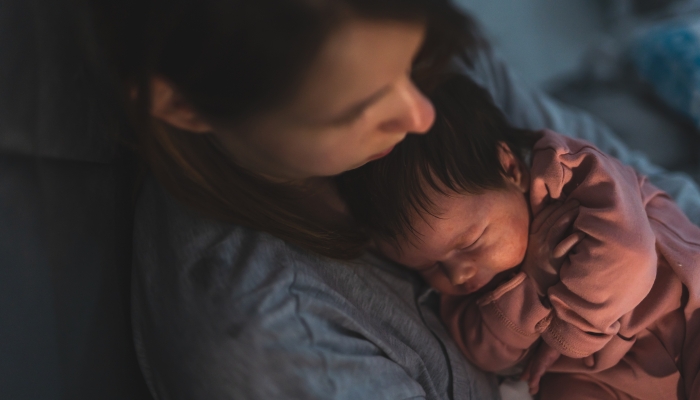
Sleep
Mastering the Bedtime Routine: 3 Tips for a Peaceful Night’s Sleep
From around six weeks, a newborn bedtime routine can help your baby learn the difference between day and night and prepare for a restful night’s sleep.